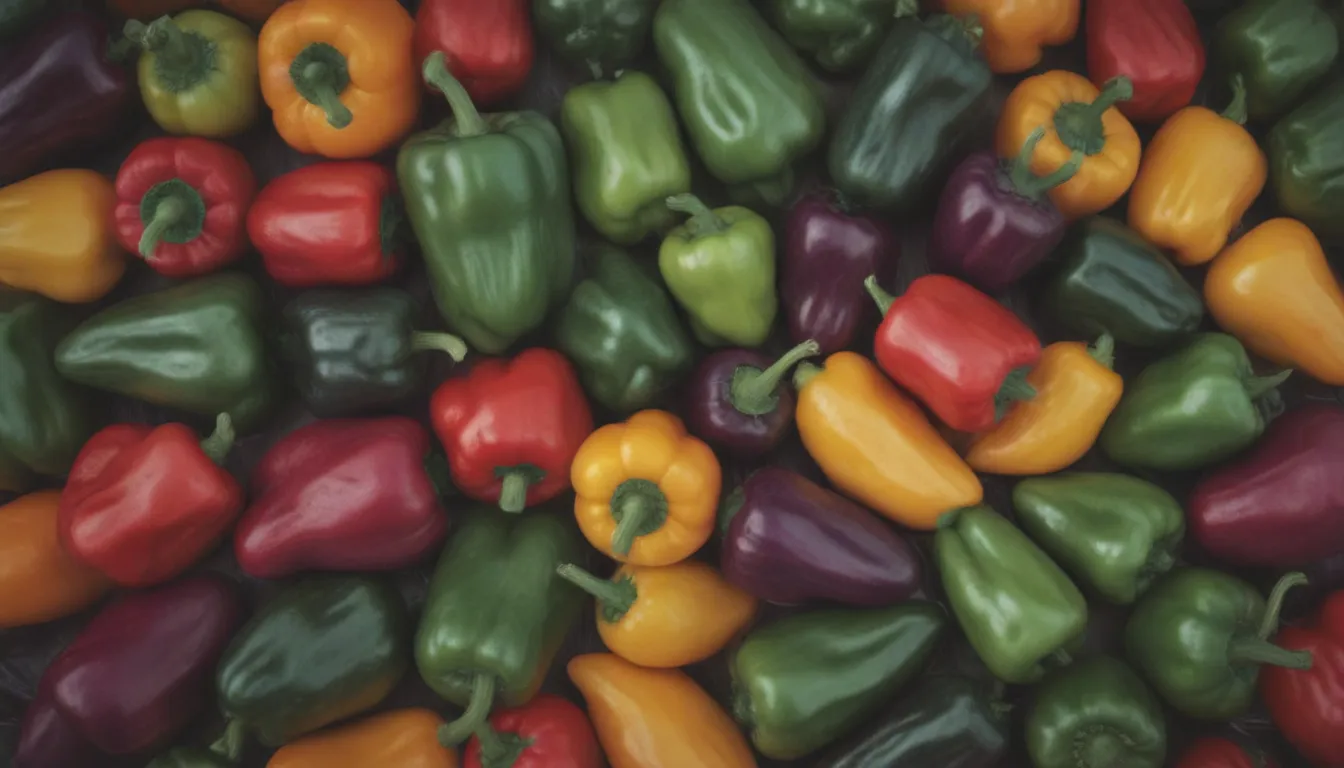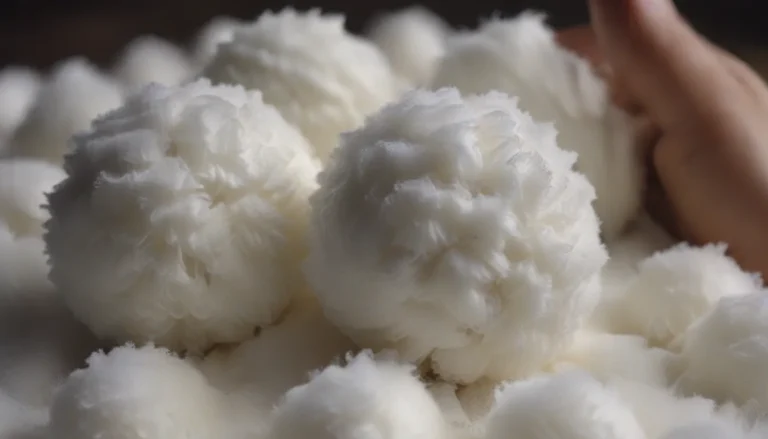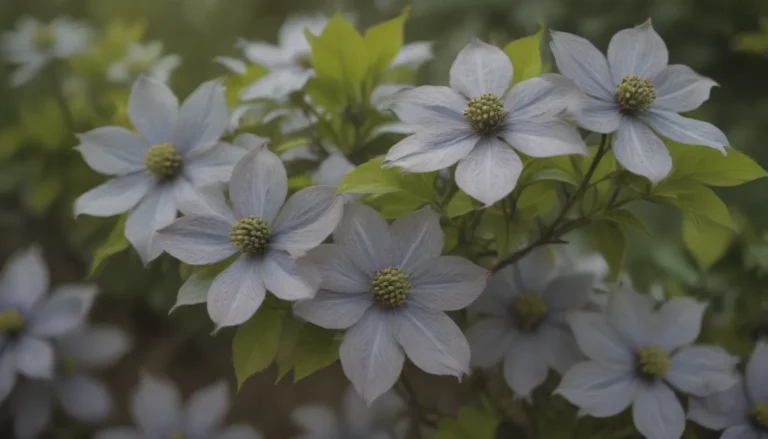The Ultimate Guide to Growing 23 Types of Peppers in Your Garden

Are you looking to spice up your garden with a variety of peppers? With so many options available, it can be overwhelming to decide which ones to plant. In this comprehensive guide, we will break down some of the most popular pepper varieties, providing you with valuable information on growing conditions, days to maturity, heat levels, and how to use your harvest. From sweet bell peppers to fiery habaneros, there is something for every palate. So let’s dive in and explore the world of peppers!
Bell Pepper
First up, we have the classic bell pepper. Known for its mild flavor and crisp, juicy texture, this beginner-friendly pepper is a staple in many gardens. Here are some key details:
- Name: Bell Pepper
- USDA Hardiness Zones:
- Light:
- Soil Needs:
- Days to Maturity:
- Scoville Heat Units:
Bell peppers come in a variety of colors, starting out green and ripening to red, yellow, or orange. You can harvest them early as green peppers or let them mature for a sweeter flavor.
Banana Pepper
Next on our list is the popular banana pepper, perfect for pickling and adding a mild kick to your dishes. Here are the details:
- Name: Banana Pepper
- USDA Hardiness Zones:
- Light:
- Soil Needs:
- Days to Maturity:
- Scoville Heat Units:
Harvest the first yellow fruits as soon as they mature to encourage your plant to produce more peppers. You can also let them ripen fully to turn red for a different flavor profile.
Carmen Pepper
If you’re a fan of Italian cuisine, the Carmen pepper is a must-try. Known for its sweet flavor and bright red color when ripe, these peppers are perfect for frying. Here are the details:
- Name: Carmen Pepper
- USDA Hardiness Zones:
- Light:
- Soil Needs:
- Days to Maturity:
- Scoville Heat Units:
Harvest green peppers when they reach about 6 inches in length, or leave them on the plant to ripen further for a sweeter taste.
Sweet Italian Pepper (Pepperoncini)
For a taste of Italy in your garden, consider planting some sweet Italian peppers, also known as pepperoncini. These peppers are fast-maturing and ideal for pickling and frying. Here are the details:
- Name: Sweet Italian Pepper (Pepperoncini)
- USDA Hardiness Zones:
- Light:
- Soil Needs:
- Days to Maturity:
- Scoville Heat Units:
With a mild heat level, pepperoncini are perfect for those with a more sensitive palate. They are also great for cold climates with shorter growing seasons.
Anaheim Pepper
If you’re a fan of stuffed peppers, the Anaheim pepper is a great choice. With their large size and thick walls, these peppers are ideal for filling and frying. Here are the details:
- Name: Anaheim Pepper
- USDA Hardiness Zones:
- Light:
- Soil Needs:
- Days to Maturity:
- Scoville Heat Units:
Anaheim peppers are beginner-friendly and can be harvested when green for a milder taste, or left to ripen for a bit more heat.
Chilaca Pepper (Pasilla Pepper)
For a taste of Mexico, consider growing some chilaca peppers, also known as pasilla when dried. These peppers are perfect for adding a smoky flavor to your dishes. Here are the details:
- Name: Chilaca Pepper (Pasilla Pepper)
- USDA Hardiness Zones:
- Light:
- Soil Needs:
- Days to Maturity:
- Scoville Heat Units:
Chilaca peppers have a unique shape and flavor profile, with a pronounced heat and sweet, floral notes when fresh. They are commonly used in mole sauce.
Pimiento Pepper
If you’re a fan of red peppers, the pimiento pepper is a must-have in your garden. These heart-shaped peppers are not only a grocery staple but also easy to grow at home. Here are the details:
- Name: Pimiento Pepper
- USDA Hardiness Zones:
- Light:
- Soil Needs:
- Days to Maturity:
- Scoville Heat Units:
Top-dress the soil with organic compost when plants begin to flower to encourage healthy growth. Harvest the first fruits when they are around 3 inches long for the best flavor.
Poblano Pepper (Ancho Pepper)
Another popular pepper variety is the poblano pepper, which is known as ancho when dried. These peppers are great for stuffing and frying. Here are the details:
- Name: Poblano Pepper (Ancho Pepper)
- USDA Hardiness Zones:
- Light:
- Soil Needs:
- Days to Maturity:
- Scoville Heat Units:
Poblano peppers have a distinctive earthy flavor and sturdy walls, making them perfect for various culinary applications.
So far, we’ve covered some delicious pepper varieties that you can grow in your garden. From sweet to spicy, there’s something for every taste bud. Stay tuned for more pepper varieties and growing tips in the next section of this ultimate pepper-growing guide!
(To be continued…)





